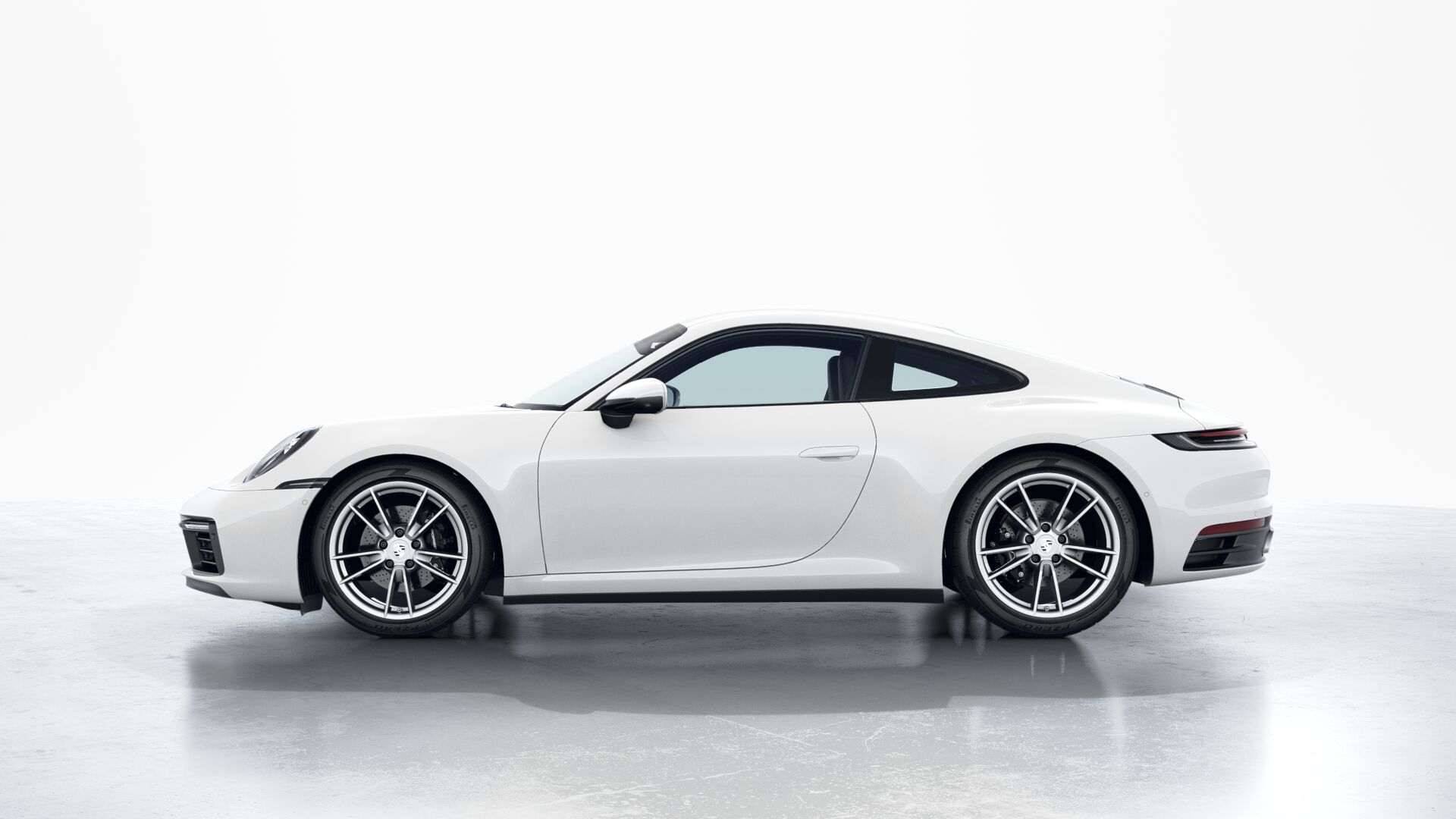Singapore’s car industry operates under a unique set of policy governing vehicle ownership. From the COE system to the Preferential Additional Registration Fee (PARF) rebate, these policies significantly influence the buying, selling, and usage of cars in the country. This article explores how recent changes in the PARF rebate and the increase in Additional Registration Fee (ARF) for luxury cars have impacted the likelihood of high-end luxury cars and supercars being scrapped after 10 years in Singapore.
The PARF Rebate and Car Population Management
Singapore uses the PARF Rebate as a tool to maintain a young population of cars on its roads. Cars that are deregister before 10 years receive a percentage of the ARF back as a PARF Rebate. However, if a car exceeds 10 years, no PARF rebate is given upon deregistration. Consequently, car owners are incentivized to deregister their vehicles instead of extending the COE beyond the initial 10-year period.
Changes in PARF Rebate Policy
As of February 15, 2023, there has been a significant change in the PARF rebate policy. For new cars register on or after this date, the PARF rebate is now cap at a maximum of $60,000. While this may not affect most cars in Singapore, it has significant implications for high-end luxury cars and supercars.
Impact on High-End Luxury Cars & Supercars
Luxury cars and supercars often have high ARF values due to their premium features and specifications. The increase in ARF rates, up to 320% for the highest OMV tier, has further inflated the initial cost of these vehicles. For instance, let’s consider a Porsche 911 Carrera PDK 3.0 (A), which currently has a sales price of $559,888 (excluding COE), an OMV of $125,487, and an ARF of $281,558 (including a $25,000 VES Surcharge). Prior to the policy change, the PARF rebate for this car after 10 years would have been $128,279, resulting in a difference of $221,558 between ARF paid and PARF rebate.
The Impact of the Policy Change
Under the new policy, the capped PARF rebate for this luxury car would be $60,000, reducing the difference between ARF paid and PARF rebate to $221,558 – $60,000 = $161,558. This significant reduction in the potential rebate makes it less enticing for owners to deregister their luxury cars after 10 years.
Increased COE Extensions for Luxury Cars
As a consequence of the reduced PARF rebate and higher ARF, we can anticipate that many luxury car owners will opt to extend their COE beyond the initial 10 years. By doing so, they can continue to enjoy the use of their luxury vehicles without losing out on the PARF rebate entirely.
The Future of the Used Luxury Car Market
The shift towards COE extensions for luxury cars is expect to have an impact on the use car market in Singapore a decade from now. With a growing number of high-end luxury cars and supercars remaining on the roads, the supply of used luxury cars is likely to decrease. As a result, the demand for these pre-owned luxury vehicles could rise, potentially driving up their prices.
Conclusion
Singapore’s unique car ownership policies, particularly the PARF Rebate system, play a crucial role in regulating the population of cars on the roads. Recent changes in the PARF rebate policy, combined with higher ARF rates for luxury cars, have shifted the incentives for car owners in Singapore.

